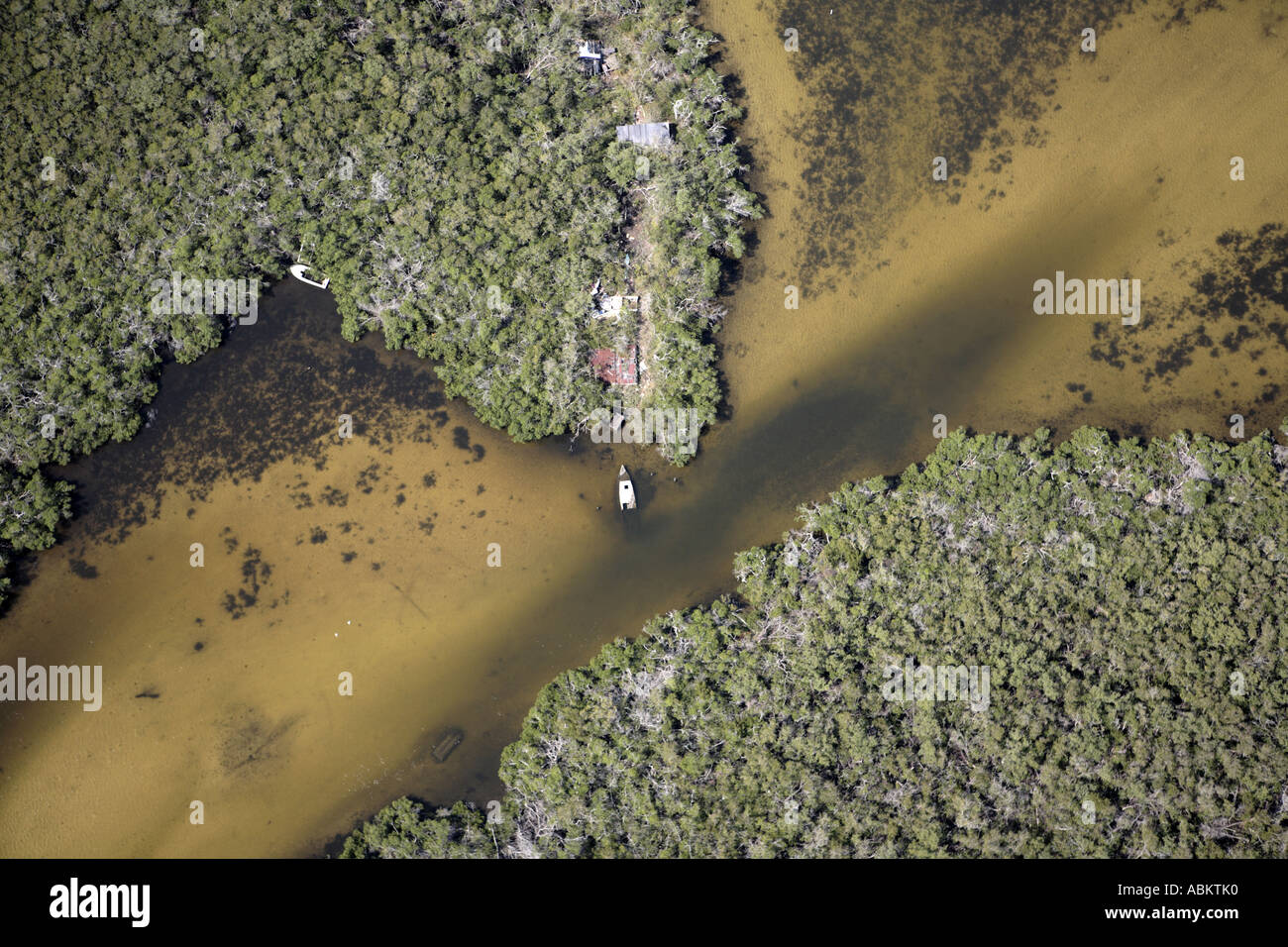

The reactor automatically tripped, its control rods falling into the core under gravity, halting the nuclear chain reaction and stopping the heat generated by fission. RCS pressure continued to rise, reaching the reactor protection system (RPS) high-pressure trip setpoint of 2,355 psi (162.4 bar) eight seconds after the turbine trip.

When RCS pressure rose to 2,255 psi (155.5 bar), the pilot-operated relief valve (PORV) opened, relieving steam through piping to the reactor coolant drain tank (RCDT) in the containment building basement. The rapidly heating coolant expanded and surged into the pressurizer, compressing the steam bubble at the top. Given that the steam generators were no longer receiving feedwater, heat transfer from the reactor coolant system (RCS) was greatly reduced, and RCS temperature rose. Reactor overheating and malfunction of relief valve This would eventually cause the feedwater pumps, condensate booster pumps, and condensate pumps to turn off around 4:00 a.m., which would, in turn, cause a turbine trip. When they forced the resin out, a small amount of water forced its way past a stuck-open check valve and found its way into an instrument air line. The operators decided to blow the compressed air into the water and let the force of the water clear the resin. These filters are designed to stop minerals and impurities in the water from accumulating in the steam generators and to decrease corrosion rates on the secondary side.īlockages are common with these resin filters and are usually fixed easily, but in this case, the usual method of forcing the stuck resin out with compressed air did not succeed. The initial cause of the accident happened 11 hours earlier, during an attempt by operators to fix a blockage in one of the eight condensate polishers, the sophisticated filters cleaning the secondary loop water. EST in TMI-2's secondary loop, one of the three main water/steam loops in a pressurized water reactor (PWR).

The main chain of events leading to the partial core meltdown on Wednesday March 28, 1979, began at 4:00:37 a.m. In the night hours before the incident, the TMI-2 reactor was running at 97% power, while the companion TMI-1 reactor was shut down for refueling. Accident Background Simplified schematic diagram of the TMI-2 plant Its decommissioning is expected to be complete in 2079 at an estimated cost of $1.2 billion. TMI-1 was restarted in 1985, then retired in 2019 due to operating losses. Ĭleanup at TMI-2 started in August 1979 and officially ended in December 1993, with a total cost of about $1 billion (equivalent to $2 billion in 2022). Due to the nature of such studies, a causal connection linking the accident with cancer is difficult to prove. Some epidemiological studies analyzing the rate of cancer in and around the area since the accident did determine that there was a statistically significant increase in the rate of cancer, while other studies did not. Īnti-nuclear movement activists expressed worries about regional health effects from the accident. It accelerated the decline of efforts to build new reactors. The accident crystallized anti-nuclear safety concerns among activists and the general public, and led to new regulations for the nuclear industry. During the event, these inadequacies were compounded by design flaws, including poor control design, the use of multiple similar alarms, and a failure of the equipment to clearly indicate coolant inventory level or the position of the stuck-open PORV. TMI training and procedures left operators and management ill-prepared for the deteriorating situation. The mechanical failures were compounded by the initial failure of plant operators to recognize the situation as a loss-of-coolant accident (LOCA). The accident began with failures in the non-nuclear secondary system followed by a stuck-open pilot-operated relief valve (PORV) in the primary system that allowed large amounts of water to escape from the pressurized isolated coolant loop. On the seven-point International Nuclear Event Scale, it is rated Level 5 – Accident with Wider Consequences. on March 28, 1979, and released radioactive gases and radioactive iodine into the environment. The Three Mile Island accident was a partial meltdown of the Three Mile Island, Unit 2 (TMI-2) reactor on the Susquehanna River in Londonderry Township, Pennsylvania, near the Pennsylvania capital of Harrisburg.


 0 kommentar(er)
0 kommentar(er)
